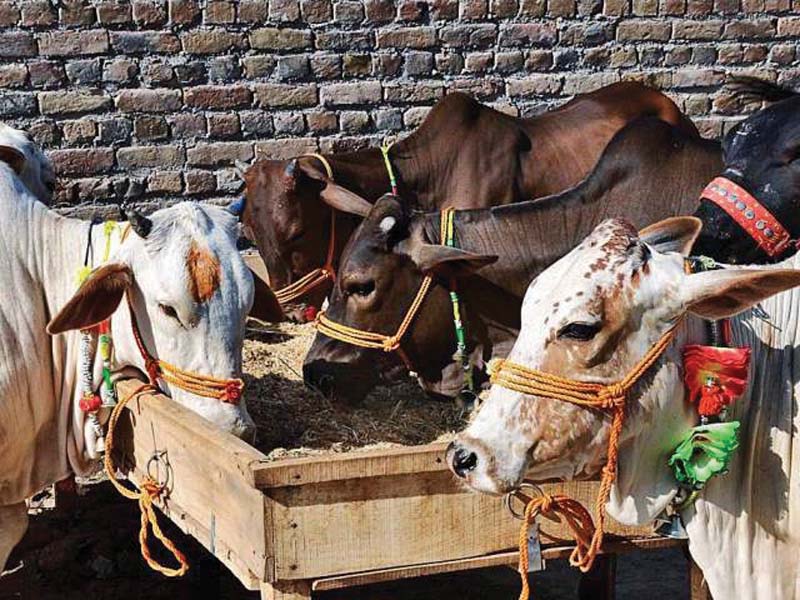
“Some estimates suggest that around Rs200 to 300 billion has been shifted from urban centres to rural areas during Eidul Azha, of which 85% was spent on the purchase of sacrificial animals,” said FPCCI President Abdul Rauf Alam in a statement on Thursday - the third day of Eid.
Over 1,800 land in hospitals in Punjab due to overeating during Eid holidays
He pointed out that Eidul Azha generated great economic activity around the Muslim world and its ballooning size was a very positive indicator for Pakistan’s economy, particularly for the rural economy.
Cattle traders in Pakistan mostly come from rural areas to sell sacrificial animals in big and small cities after rearing cattle for months and even more than a year. “Rural residents, who raise animals for sale on Eid, bring billions of rupees to the rural economy and help alleviate poverty and unemployment,” he said.
“It (Eidul Azha) creates millions of temporary jobs, benefits the jobless, transporters, tanners, textile manufacturers, social and religious groups as well as others.”
It promotes the livestock sector which accounts for 58.5% of the agricultural sector and over 12% of the national economy.
“Crops are going down but the livestock sector is growing 3.6% per year; a little focus can help the country export a significant number of cattle to Saudi Arabia, which will give a boost to the rural economy and bring foreign exchange to the country,” Alam said.
How do Americans and non-Muslims view Eidul Azha?
Saudi Arabia is a huge market for cattle as besides regular consumption in households, hotels, wedding ceremonies and other occasions, millions of animals are sacrificed during Hajj every year.
Pointing out that Pakistan had become world’s fourth largest milk producer, he lamented that lack of value addition was preventing the country from capitalising on livestock sector’s potential.
The FPCCI president was of the view that a large number of people were willing to spend more liberally on the purchase of animals and price movements had failed to deter them. Apart from this, the production of cattle is increasing in the country.
Published in The Express Tribune, September 16th, 2016.
Like Business on Facebook, follow @TribuneBiz on Twitter to stay informed and join in the conversation.
1731570357-0/elon-musk-(1)1731570357-0-405x300.webp)
-(1)1717678110-0/Kendrick-(1)-(1)1717678110-0-165x106.webp)















COMMENTS (1)
Comments are moderated and generally will be posted if they are on-topic and not abusive.
For more information, please see our Comments FAQ